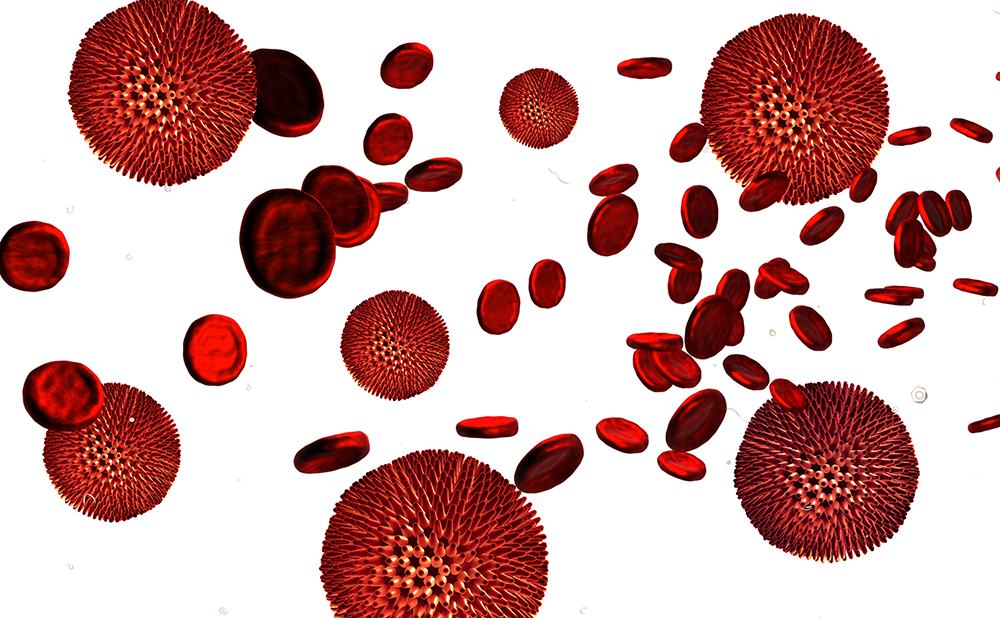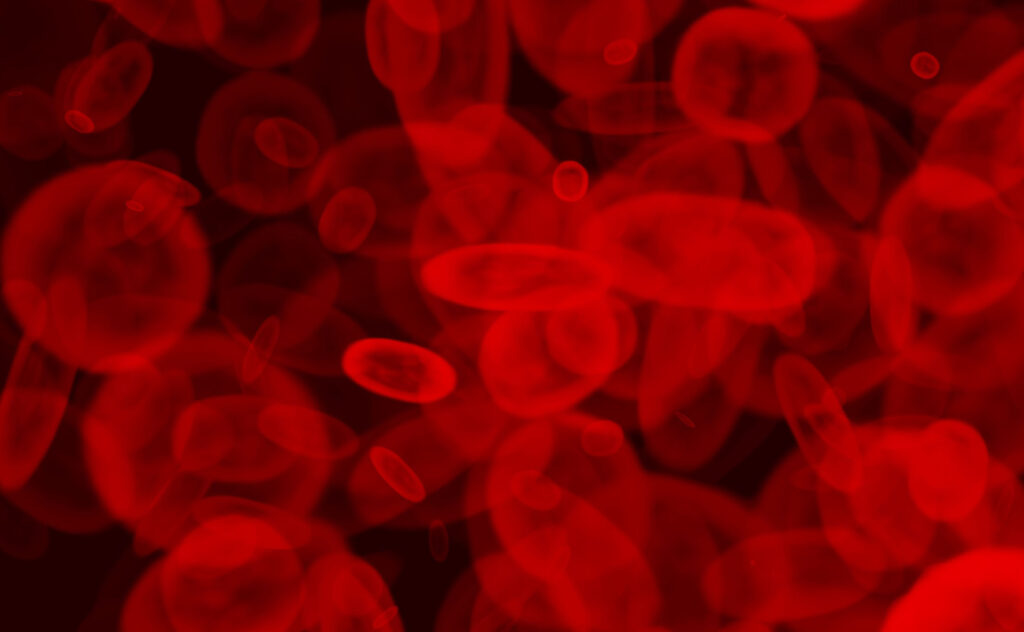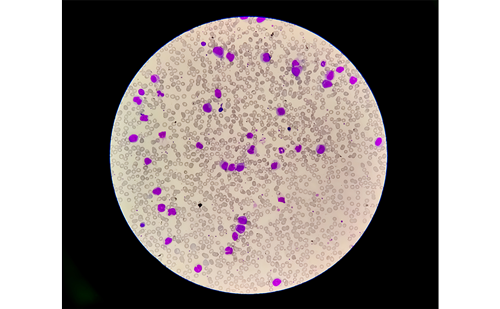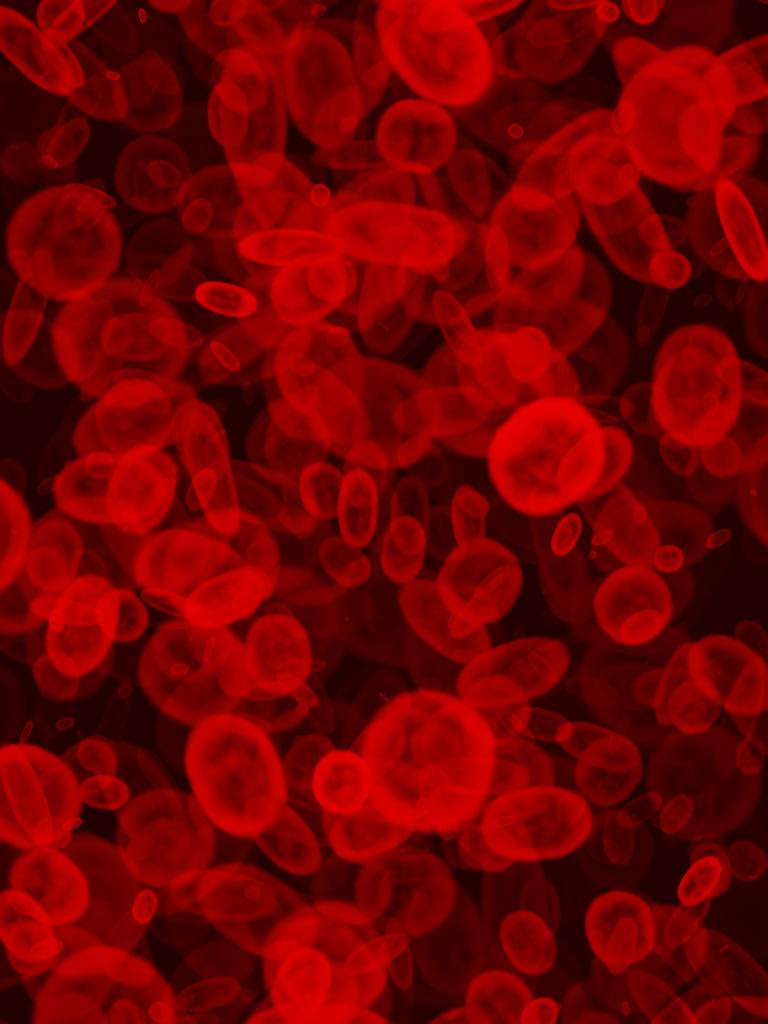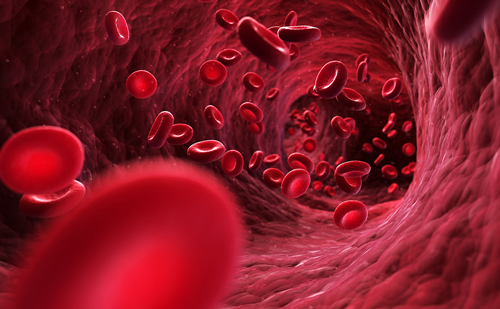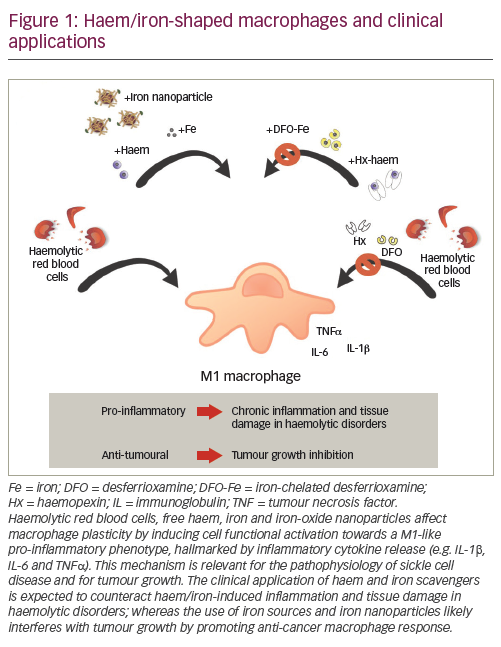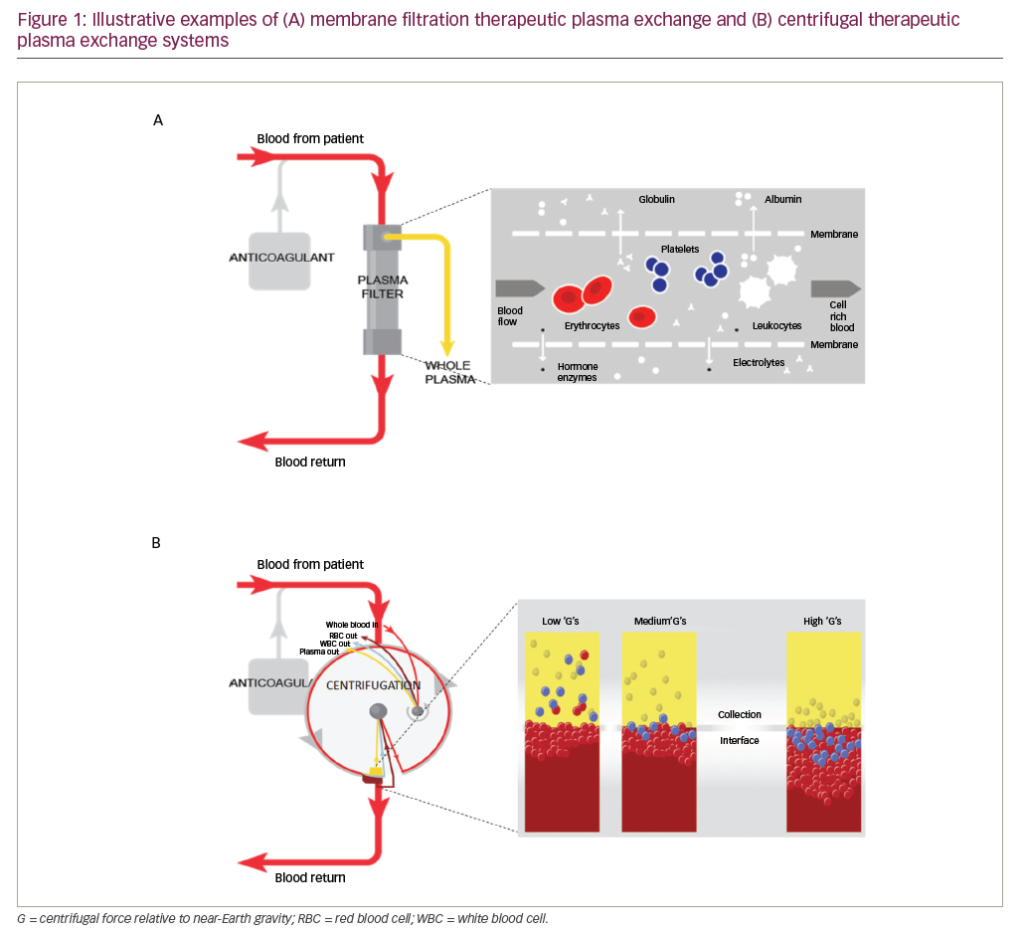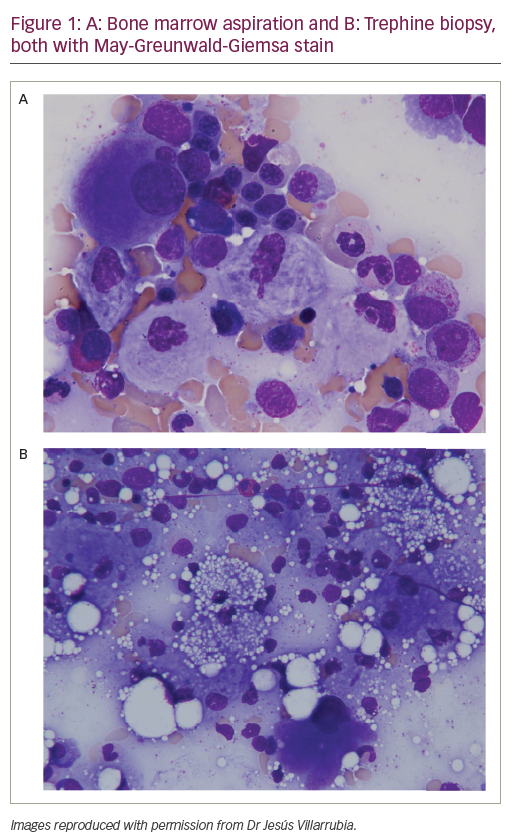Abstract
Background: Hemorrhage continues to be a major cause of early death in trauma patients. Our understanding of the development of coagulopathy and its importance has evolved significantly over the last decade. In this article, we describe the current understanding of coagulopathy in the setting of trauma including its mechanisms, diagnosis, consequences, and treatment strategies.
Methods: Review of selected articles from MEDLINE.
Results: The occurrence of coagulopathy is common in trauma patients and is multifactorial, with increasing evidence indicating an endogenous mechanism unrelated to the complications of medical treatment. The use of novel coagulation assessment techniques and evolution in blood product treatment strategies is generating a new era of targeted management. Conclusions: Coagulopathy in trauma is common, but newer techniques in diagnosis as well as novel methods to provide targeted treatment offer encouraging results in decreasing the mortality rate from exsanguination after injury.
To view the full article in PDF or eBook formats, please click on the icons above.


